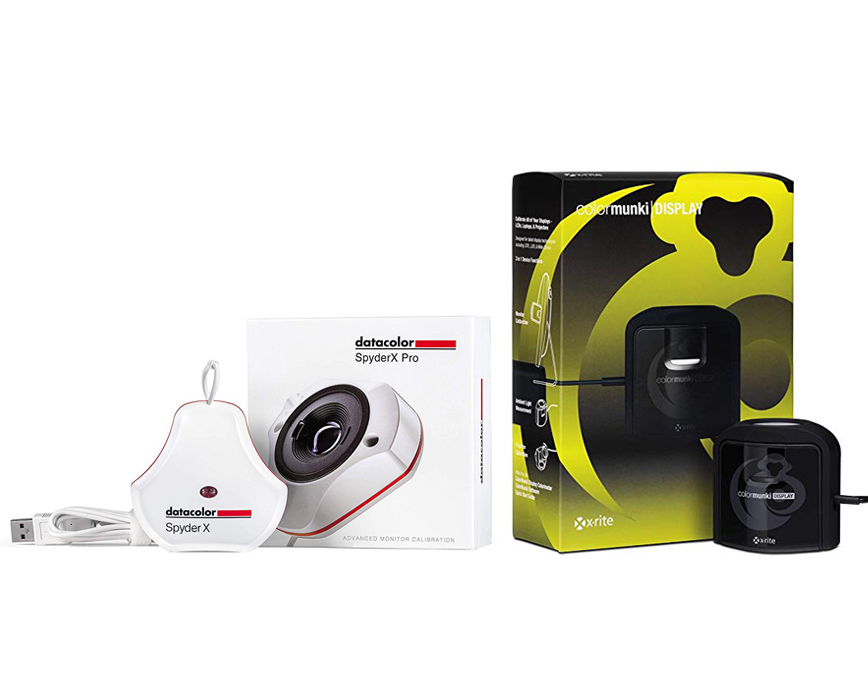

Then use "Create profile from measurement data" from the File menu and save the new profile. If you have a previous profile created with Displa圜AL, open Displa圜AL (even on your M1), load your old profile, enable Show Advanced Options in the Options menu, go to the Profiling tab, and select Single curve + matrix as the profile type and enable black point compensation.

(Calibrating displays on other systems, and moving the display profiles over to an M1, isn't going to work reliably - I'd recommend against it :-) (Hopefully this gets fixed in a future version of Big Sur on the M1) Otherwise, all functionality works as expected and calibration proceeds as normal. You can leave that as-is or, you can type over it with anything that you like.
Colormunki display vs spyder4pro software#
The Spyder software works around this by catching the problem and simply providing an initial naming of "UNKNOWN-X" (with 1 and 2 appended, to signify either the main or secondary display). There's one issue in Big Sur running on M1 systems only, in which the normal API inside MacOS that provides information about attached displays doesn't return the expected information. (The other actively supported Datacolor Spyder products - SpyderCheckr and SpyderPRINT - also work properly on the M1 systems). If you have the M1 Mini, you'll be able to calibrate one or two displays, however many you have attached. You can calibrate the built-in display on the laptops, as well as an external display. Datacolor SpyderX and Spyder5 software (the current 5.7 releases) work properly on the new M1 Macs.


 0 kommentar(er)
0 kommentar(er)
